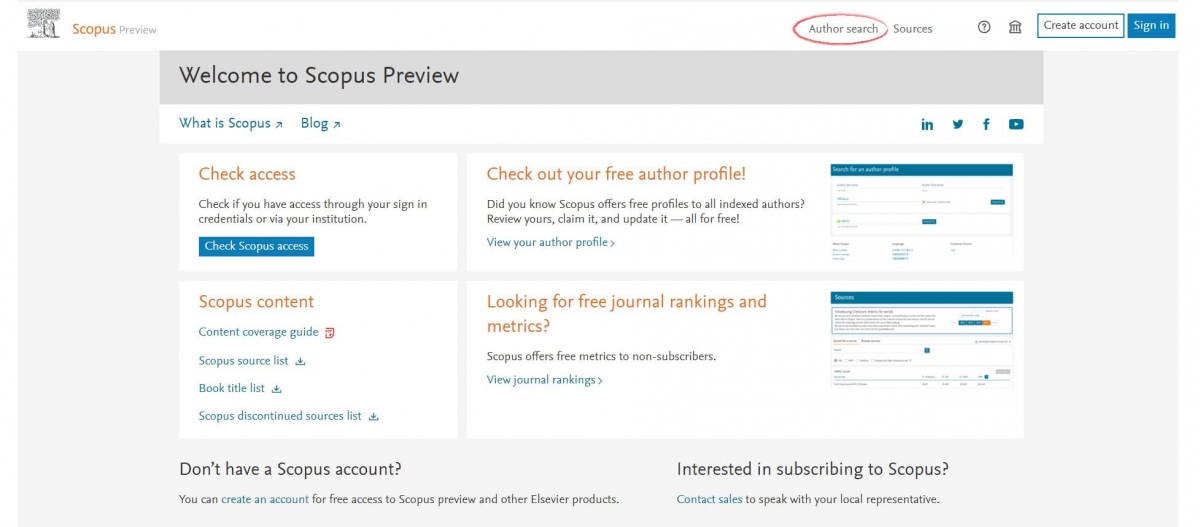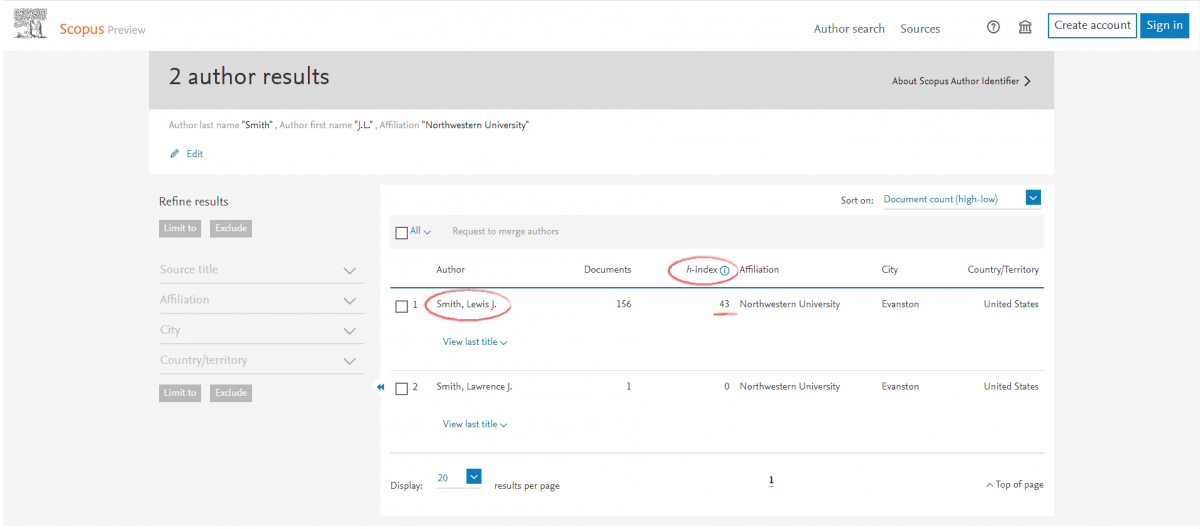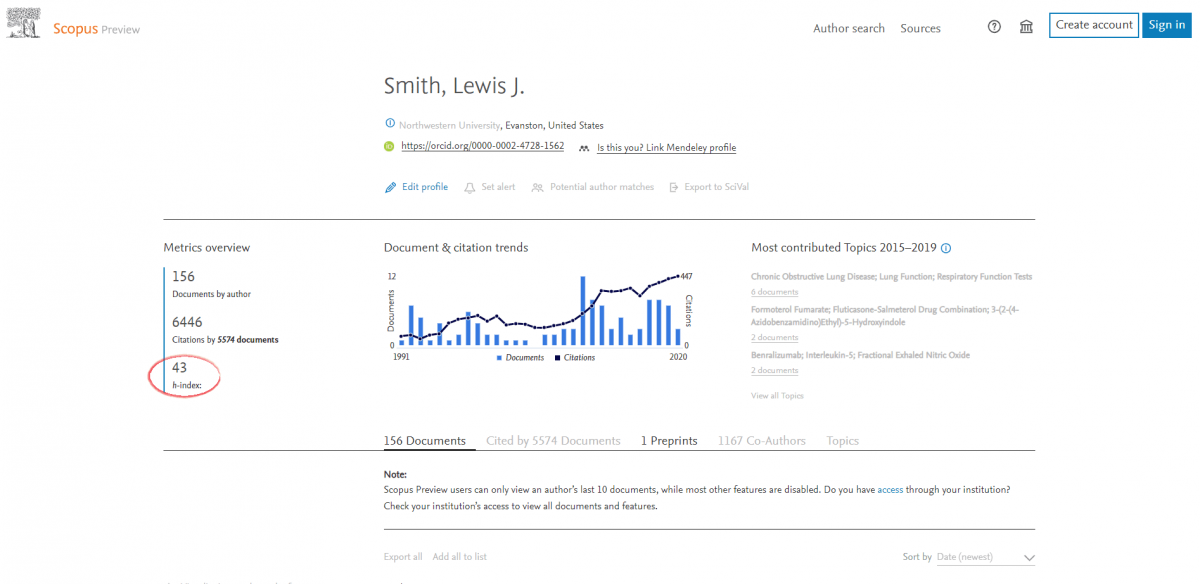Полезная информация для авторов издательства «Интернаука»
 Полезное
Вход в личный кабинет КИАС РФФИ: процедура регистрации
Полезное
Вход в личный кабинет КИАС РФФИ: процедура регистрации
 Полезное
Рекомендации по защите докторской диссертации
Полезное
Рекомендации по защите докторской диссертации
Для того чтобы получить ученую степень доктора наук, необходимо написать и защитить докторскую диссертацию. Процедура защиты докторской диссертации
 Scopus
Требования к оформлению статьи в Scopus и WoS
Scopus
Требования к оформлению статьи в Scopus и WoS
 Полезное
Отличие самоцитирования от самоплагиата в научных публикациях
Полезное
Отличие самоцитирования от самоплагиата в научных публикациях
 Полезное
Порядок начисления баллов для поступления в ординатуру
Полезное
Порядок начисления баллов для поступления в ординатуру
Изменения по расчету и начислению баллов для поступающих в ординатуру, как набрать максимальное количество баллов, как осуществляется учет индивидуальных достижений
 Scopus
Scopus List of Indexed Journals (Updated 2020)
Scopus
Scopus List of Indexed Journals (Updated 2020)
Indexing databases offer the most common and accessible routes into reading published academic work. See how you can find, read, and cite all the research you need with the help of the Scopus list of indexed journals for 2020.
What Are Scopus Journals?
Scopus is one of the largest, most reputable abstract and citation databases for academic literature. It contains over 40,000 titles from more than 10,000 international publishers, and nearly 35,000 of these publications are peer-reviewed. Scopus covers various formats (books, journals, conference papers, etc.) in the fields of science, technology, medicine, social sciences, and arts and humanities.
What Is Scopus Source List?
The Scopus list of journals consists of indexed publications that are either serial or non-serial. Examples of serial publications are journals, annuals (such as reports, yearbooks, and directories), and book series, and these are assigned an ISSN (International Standard Serial Number). Non-serials include one-off books, monographs, reports, etc., and these are assigned an ISBN (International Standard Book Number).
Scopus Journal List (.xls) download
The full list of titles is available on the Scopus website, on the dedicated Source Title page. Alternatively, you can download the Source and Book title lists through Elsevier, the publishing and analytics company that owns Scopus.
The ASJC (All Science Journal Classification) codes list represents subject classifications, allowing for better navigation across thousands of journals. For each listed source, Scopus provides the ASJC code in a relevant category, and a publication can be assigned to one or more of these categories.
You can view the code list here.
How Do I Find Journals in Scopus?
Open the Sources page with the Scopus list search to see a general selection of journals represented in the database. Here, you will see the search criteria (Subject Area, Title, Publisher, ISSN), source type, CiteScore metrics for journals and serials, and display options.
For example, you can enter the subject area (or areas) and click Apply. The page will show if any current content is available to view, based on the search criteria and applied filters. To search for a specific journal, enter the title in the search bar, and check if the title is indeed indexed.
How Do I Publish My Paper on Scopus Journal?
We provide editorial assistance to researchers, journals, universities, and research institutions looking for ways to get their work published on Scopus.
 Scopus
Scopus and Web of Science Comparison: Strengths and Weaknesses
Scopus
Scopus and Web of Science Comparison: Strengths and Weaknesses
In modern science, the assessment of the effectiveness of researchers’ activities often implies the use of scientometric indicators. They are calculated based on scientific publications, the information about which is commonly stored in bibliographic databases.
The largest and most famous databases to date are Scopus and Web of Science (WoS). The presence of texts in these databases increases the scientist’s rating and favourably affects the work’s reliability level.
What Are Scopus and Web of Science?
Scopus and Web of Science are the largest worldwide-used citation databases. Today, these are the most respected platforms for analysing peer-reviewed literature: scientific publications, conference proceedings, and books.
What Is Web of Science?
The scientometric Web of Science (WoS) database consists of over 33,000 publications. WoS contains such data filters as:
- Title
- Publication name
- Year published
- Author
- Document type and more
A variety of sorting options allows browsing through large volumes of data fast.
The basis of indexed Web of Science resources is comprised of scientific publications in natural, exact, and social subject areas. Humanities publications appear in this database significantly less often. Therefore, researchers specializing in humanities more often search editions to place their research on Scopus.
What Is Scopus?
Scopus is one of the largest databases that hosts 23,700 titles from 5,000 publishers. Scopus contains:
- Scientific literature on various disciplines
- Articles
- Abstracts
- Books
- Collections of conferences
- Monographs
The publications are updated daily. Thus, users are provided with access to a large volume of the latest information. It enables them to track current trends, as well as find colleagues for joint research. Scopus has special tools that allow the researcher to go further into the field of research, data analysis, and monitoring of link usage frequency.
What Is the Difference between Scopus and Web of Science?
WoS and Scopus share a lot of common features. Nevertheless, these databases have a couple of significant differences. For instance, the Web of Science database allows deeper search of published papers dating back to 1900, whereas Scopus covers more modern materials.
Besides, the topic of research is also important. While Web of Science collects information on the natural, technical, and social sciences, Scopus also has a wide variety of publications in the humanities field, although neither of them is considered to be specialised.
Scopus vs Web of Science: Which Database Is Better?
When comparing the use of Web of Science and Scopus in academic papers, there is no definite answer regarding which database is better. Most users agree that these platforms complement each other.
Scopus offers a more extensive list of modern sources. An additional advantage of Scopus is the implementation of an independent sourcing system. Moreover, its interface is often considered more user-friendly.
Web of Science, on the other hand, provides the most in-depth citation by source. Another advantage of using WoS is the availability of a large volume of scientific literature published in the past.
Both systems subdivide sources into quartiles according to the citation level. Based on this indicator, you can assess their quality.
All in all, both platforms are equally efficient. They offer the functionality that allows the user to achieve the assigned tasks without difficulties. The specific choice directly depends on the goals pursued by the researcher.
Helpful information
 Scopus
Quartiles in Scopus
Scopus
Quartiles in Scopus
A quartile in Scopus is a category of scientific journals that shows their credibility. The quartile reflects the demand for the journal by the scientific community. Accordingly, there are the least and most cited journals.
SJR Scopus Ranking
Scopus journal metrics use advanced rating systems for both authors and publications, in particular, an indicator such as SJR (SCImago Journal Ranking). SJR is a much more difficult indicator than the Impact Factor, which takes into account (along with citation) the degree of authority of the journals referring to a given journal, as well as the proximity of their topics.
SJR was developed in the 2000s by a research group based on the Scopus data. Unlike Impact Factor, SJR covers a wider range of journals and is published open access. SJR Scopus takes into account not only the total number of citations but also the weight of each reference. Thus, SJR is used to determine the quartile of the journal.
A quartile is a category of scientific journals that represent the citation level identified by scientometric indicators. So, the publications range from the most referenced to the least by quartile.
How is the SCImago Journal Ranking Calculated?
Since the relevance of the journal is an important factor to the scientific community, there is a division. As a result of the Q-ranking of journals, each journal falls into one of four quartiles: from Q1 (highest) to Q4 (lowest). The most reputable journals belong to the first two quartiles - Q1 and Q2. The journals are distributed by quartile automatically based on complex scientometric calculations involving their citation, which in turn are converted into ordinary percentages.
Critical Commentary
The citation rate in the scientific community is a very important factor for a number of reasons. If the author is cited, it means that their article is important and has an impact in its field. Also, based on citation, it can be concluded that the problem stated in the article arouses not only interest but also a scientific discussion.
If the article is not cited, it means that the information presented there is not relevant and does not contribute to the field. As a rule, previously unknown findings and facts are cited the most. A high quartile in Scopus means that the journal sets research trends, and its authors are experts in their field.
Thus, if we want to determine the quartile of a journal in Scopus, it should be borne in mind that more than 22,000 journals are indexed in the Scopus JCR (Journal Citation Reports), which are ranked from top to bottom and fall into one of four quartiles, according to the SJR indicator.
Helpful information
 Scopus
Calculating an H-Index Using Scopus
Scopus
Calculating an H-Index Using Scopus
With the Scopus h-factor, you can easily realize the researcher’s value as it assesses both his impact and productivity. In this article, we will elaborate on how to learn an author h-index on Scopus – one of the most selective abstract and citation databases of peer-reviewed research literature, books, journals, and conference proceedings. Although Scopus is a subscription-based service, you can use Scopus Preview to view overall information.
A Step-by-Step Guide on Learning H-Index on Scopus
Even though many online platforms offer calculating Hirsch index, Scopus’ h-index search is considered most reliable. Here is a step-by-step guide on how to know author h-index in Scopus:
Step 1. Searching the Author
First, you need to open the author search form.

One of the options is to search for an author’s profile by their name and affiliation.

Another option is to search for the author’s profile using the ORCID number. In recent years, more authors have chosen to integrate their profiles within different platforms.

Let us see how it goes if we search for Smith J.L. from Northwestern University. Make sure you follow the example and enter the initials as “J.L.”, not “JL”.

Step 2. Analyzing the Search Results
It seems we provided enough information to find our researcher. At this point, you can already see the Scopus h-index score in the table. Click on the name of the correct entry to access more detailed information about the author.

Step 3. Scopus Author Profile Page
Scopus Preview users can view metric overviews (including h-index) and document and citation trends, as well as an author’s last ten documents.

Frequently Asked Questions
What Is an H-Index?
The h-index is a measure that considers both the researcher’s productivity (number of publications) and impact (number of citations to these publications).
Why Should I Care about an H-Index?
Evaluating a researcher’s value is more important and complicated than it might seem. If you disregard the impact and only focus on the number of publications, you will end up with a researcher with a long list of papers that very few people consider significant.
On the other hand, if you only care about the number of citations, you risk stumbling on an unsustainable researcher with just a few successful papers. But once you combine these parameters, you get a reliable measure indicating the scientist’s performance – the h-index. It is well established that more successful scientists tend to have higher h-indices.
Is Calculating My H-Index on Scopus Free?
Yes, but it is only possible if you have your articles published in Scopus-indexed journals.
